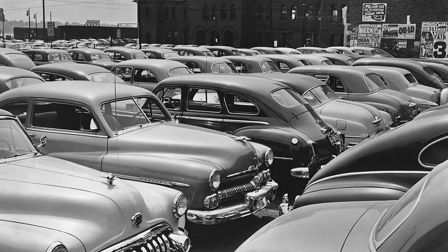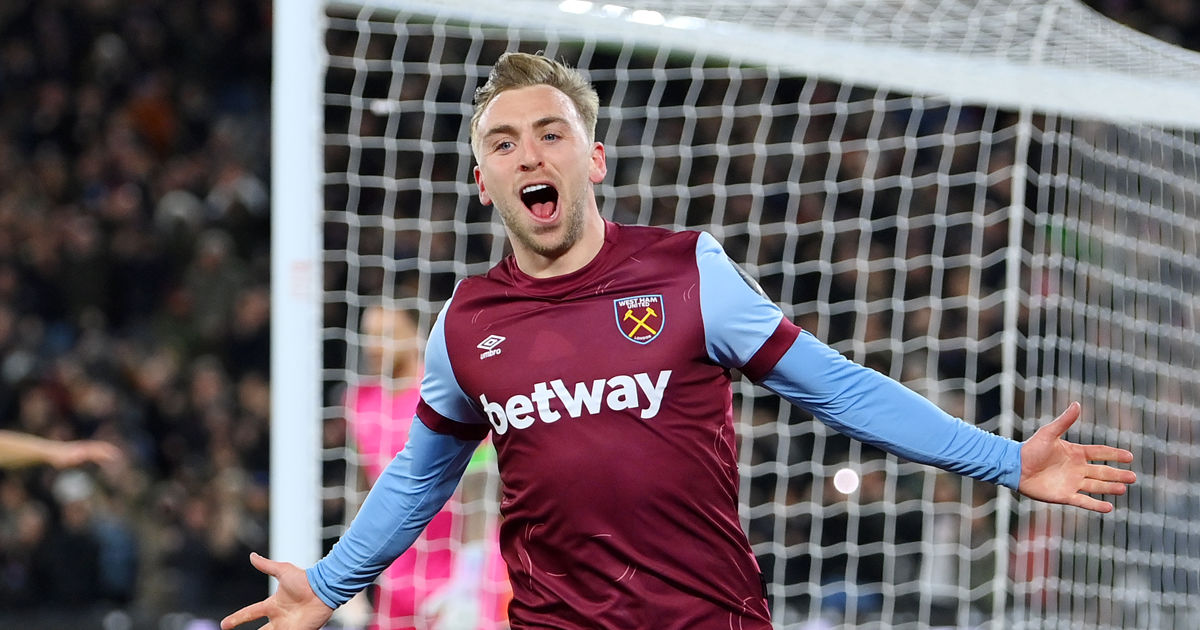Tradition and trend; the ongoing balancing act of sports brands
Mattias Mackler, Creative Director at FutureBrand, which was AOR for the London 2012 Olympics and brand collaborator to The Hundred, believes heritage and modernity can coexist in sports branding. Here, he delves into the art of navigating this path while also keeping fans happy.
Like Rome, our most cherished moments in sports history weren’t built in a day.
The shared experiences and memories forged between players, fans and an entire city are part of an ongoing saga that has taken years, even decades, to create. This epic tale of suspense ties directly to the emotional connection fans live and die by.
[Sport's] epic tale of suspense ties directly to the emotional connection fans live and die by.
Sports provide us with compelling narratives, high stakes and emotional journeys that captivate audiences. We all remember the greatest players, matches and rivalries. As the story progresses and new chapters are written, fans have come to expect the thrills, the passion, the agony, the heartbreak, the comebacks and, of course, the glory.
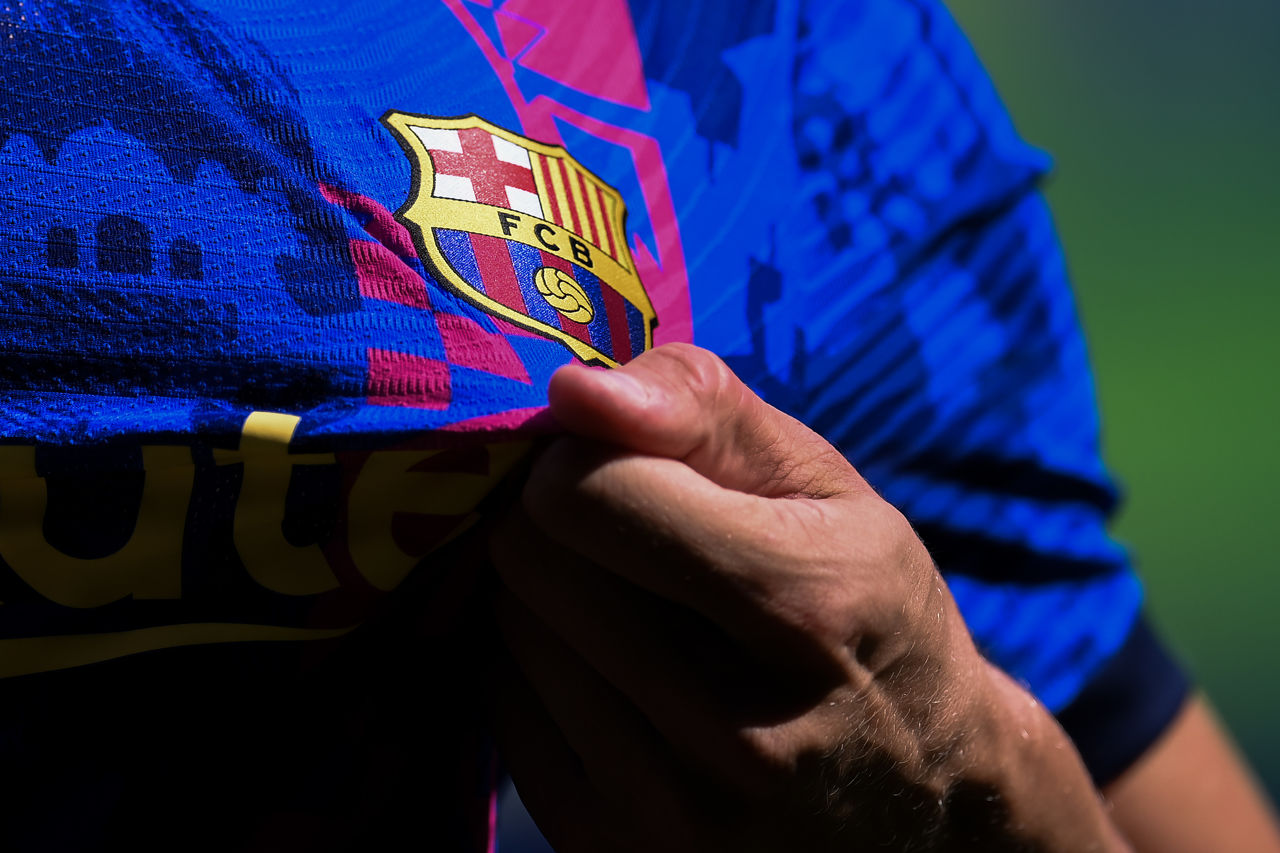
Above: European sports teams root their crests and emblems in history, like Barcelona's badge, which honours the patron saint of Catalonia, Sant Jordi, or St. George.
Branding adds an extra dimension to the game, allowing fans to become a part of the story by choosing sides, supporting their heroes and sharing in the victories and defeats. Sports brands are so much more than regular product brands because they aren’t just about selling. Instead, they thrive on two-way relationships with fans, influencing them while being influenced in return.
Home and away games
In the US, where freedom of expression reigns supreme, sports teams revel in the opportunity to infuse their brands with personality. American franchises boast an array of rousing monikers, from the Hornets, Timberwolves and Sharks, to the Pistons, Steelers and Vikings. This reflects the rich tapestry of American culture and celebrates the unique characteristics and heritage of each region.
Successful sports brands resonate with fans by embodying the values and spirit of their city or region.
In contrast, European football squads root their crests, emblems and shields in history, imbuing them with values that reflect their origins. Barcelona’s St George’s Cross honours its patron saint, for example. While Arsenal’s cannon harks back to its beginnings in the Royal Arsenal armaments factory in Southeast London.
Despite these very distinct approaches to brand strategy and design, successful sports brands share one common trait: the ability to tap into the cultural zeitgeist of their location and its people. Whether it’s the iconic pinstripes of the New York Yankees or the riveting hammers of West Ham United, successful sports brands resonate with fans by embodying the values and spirit of their city or region.
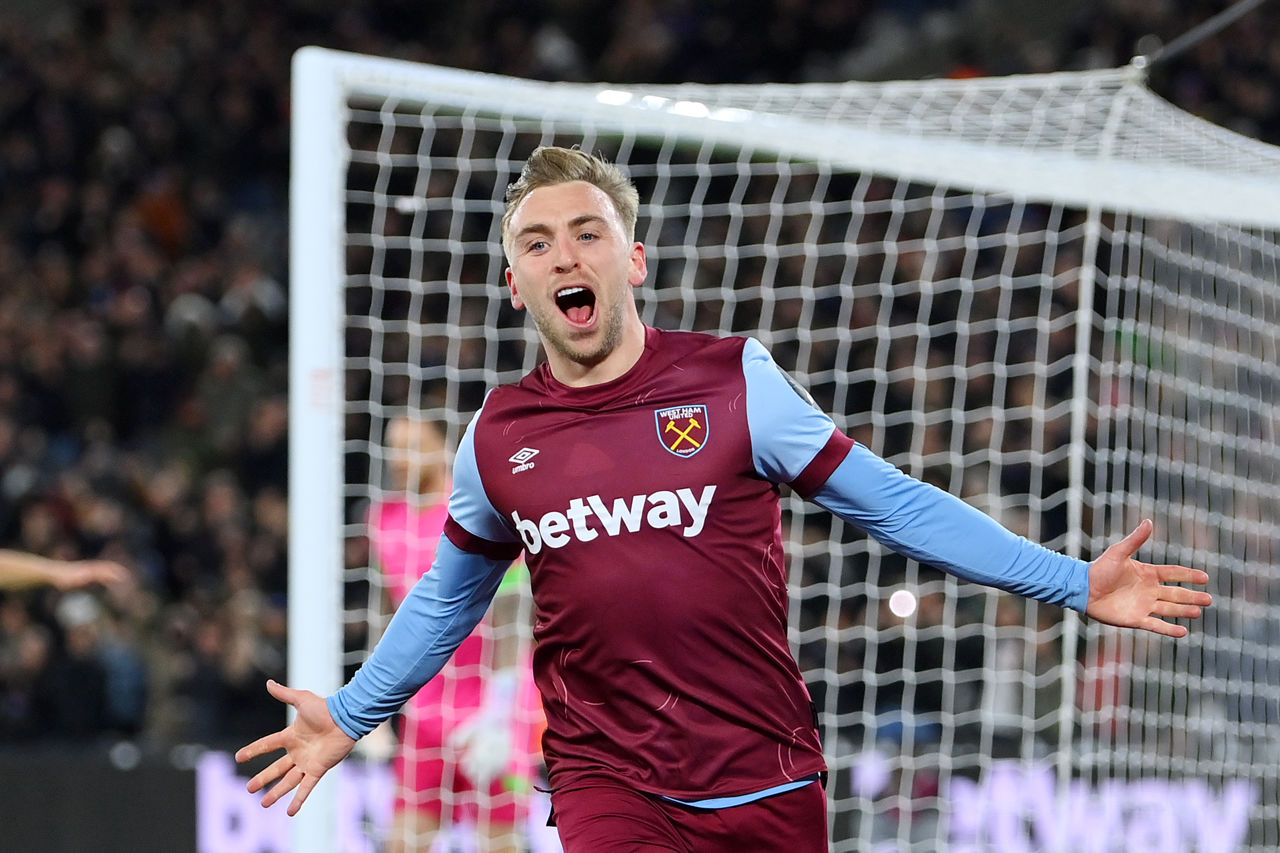
Above: West Ham's Jarrod Bowen wearing his team's shirt, the badge of which is grounded in the club's history as Thames Ironworks FC.
The psychology of sports branding
Sports brands tap into our deep-seated need for security and stability. Traditions, rivalries and memories of past glories play a crucial role here. Nostalgia for these iconic moments, passed down from parent to child, unites fans and fulfils another fundamental human need: the desire to belong.
Sports brands tap into our deep-seated need for security and stability.
Sports fans are intimately familiar with nostalgia on and off the field – evident in the popularity of throwback jerseys and vintage memorabilia. The NFL and NBA have capitalised on this trend, offering fans various interpretations of team paraphernalia that stretch traditional branding (and boost profitability). If a fan wants to buy a hat or t-shirt to show their team support, the official logo is just one of many options available. This creative liberty is embraced because it allows for personal expression without disrupting a sense of identity.
Altering colour or texture doesn’t disrupt a sense of identity. Teams explore these expressions because of the trust fans have in their authenticity – which is why, in New York, you’ll see Yankees caps in every conceivable colour.
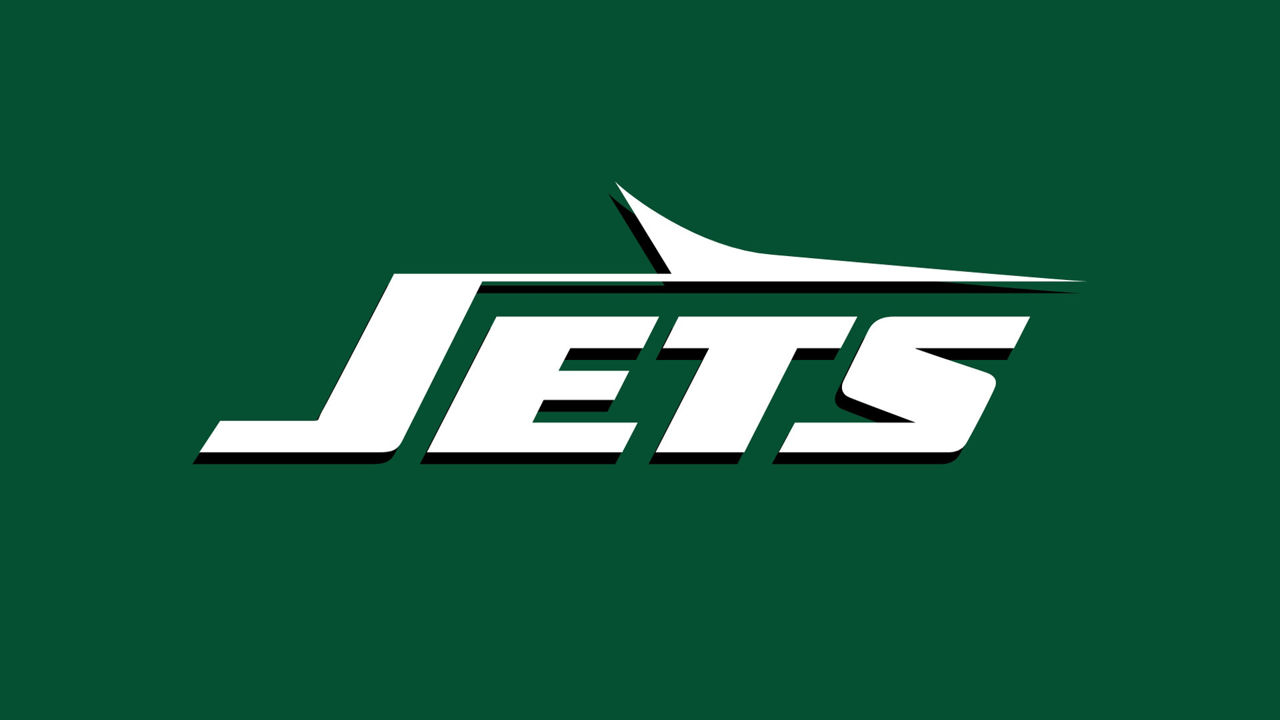
Above: Embracing the past can help with the future when it comes to branding, as the New York Jets' redesigned logo, which takes influence from previous badges, shows.
Paying tribute to the past
By tapping into their rich history and heritage, teams create a sense of continuity and connection that resonates with fans across generations. In the case of the New York Jets, they’ve recently embraced the branding trend of reissuing an older version of their logo from around 50 years ago, albeit with some tweaks and adjustments.
The update, featuring a jet plane within the typographic treatment, finally injects some much-needed personality and energy back into the franchise. The previous iterations of their logo felt oddly designed and completely void of any character. It said nothing interesting about New York, its history, or its culture.
By tapping into their rich history and heritage, teams create a sense of continuity and connection that resonates with fans across generations.
This new visual shift begins to give the fans something more ownable to support than just football itself. When comparing the old and new logos side by side, there are clearly differences that the average viewer will notice. However, even though the typographic approach produces very different executions, both continue to focus squarely on the big, bold J-E-T-S letterforms. This Jets rebrand will likely feel right at home after the first kick-off, as if it’s been there the whole time.
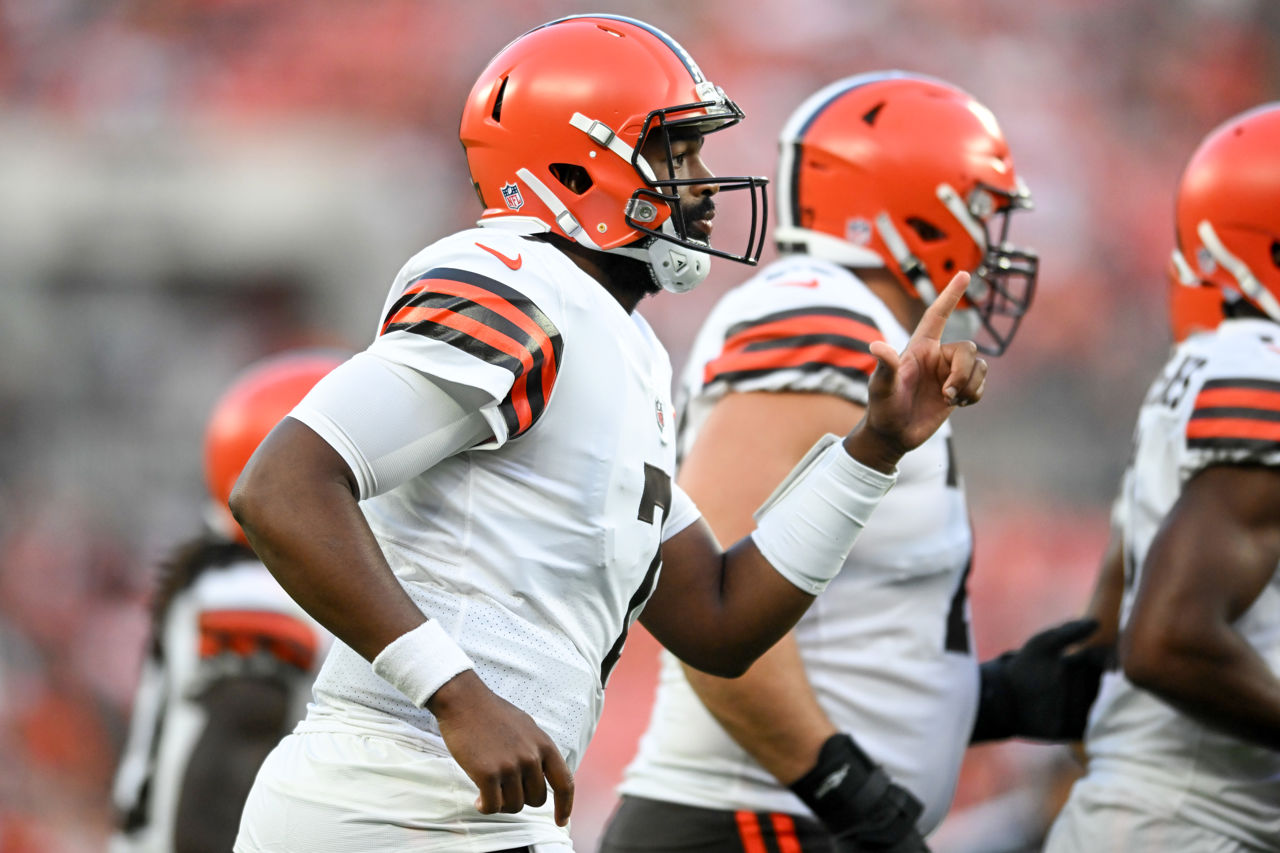
Above: Sometimes even the absence of design can embody a team's ethos, as with the Cleveland Browns.
What’s your type?
Typography is a cornerstone of sports branding, along with colourways, mascots, badges and logos. Whether it’s dynamic italics, charming handwritten scripts, or custom lettering, typography captures a team’s spirit and connects with fans on a visceral level.
The essence of sports branding lies in its ability to capture the heart and soul of a team and its supporters.
Even teams like the Cleveland Browns, with their humble orange and brown colour motif and lack of an official logo, embody the authenticity of their city with simple and straightforward lettering. It’s not braggy. It’s not flashy. It’s simple and straightforward, with just a touch of dirt under the fingernails. Now, that’s an idea Ohio fans can rally behind.
In all of this, one constant remains: the power of sports to unite communities and inspire passion in fans around the globe. Whether you’re from London or LA, the essence of sports branding lies in its ability to capture the heart and soul of a team and its supporters, creating a bond that transcends time and space.


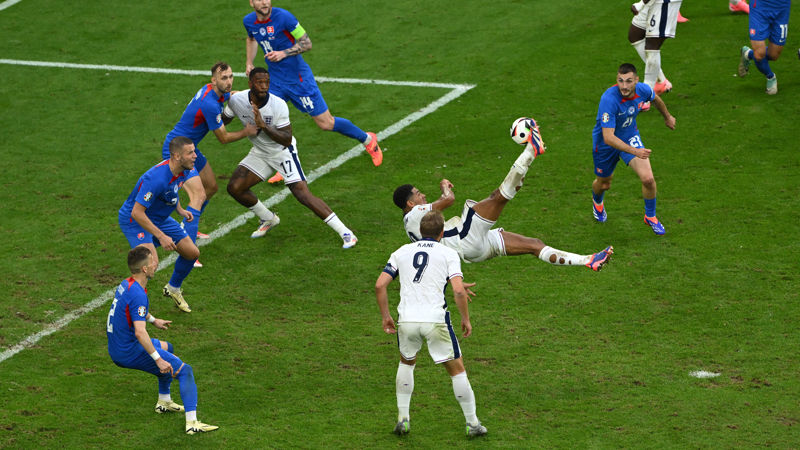

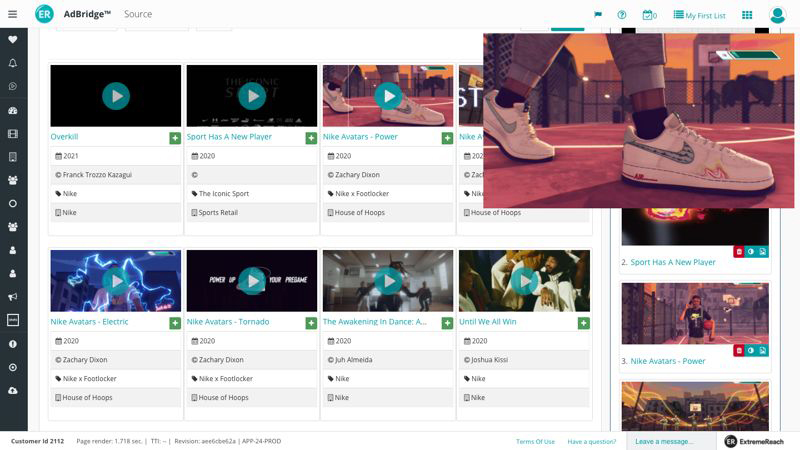
 + membership
+ membership


